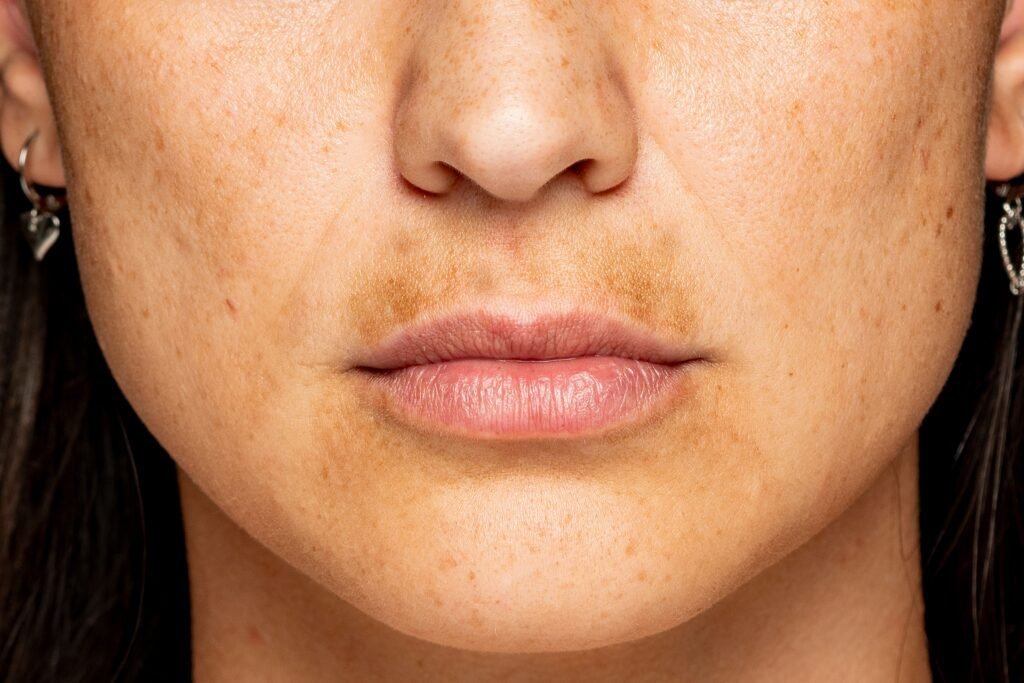Women and Body Dysmorphic Disorder: New Insights from Dermatology
Recent research has shed light on the increased prevalence of body dysmorphic disorder (BDD) among women with skin conditions compared to their male counterparts. This study, published in the Journal of the European Academy of Dermatology and Venereology, highlights the critical intersection of dermatological issues and psychological well-being.
Understanding Body Dysmorphic Disorder
Body dysmorphic disorder is a mental health condition characterized by an obsessive focus on perceived flaws in physical appearance. Individuals suffering from this disorder may find their concerns significantly impacted by skin conditions.
Key Statistics
- Prevalence in Dermatological Patients: A previous study highlighted that 11.3% of individuals with skin conditions experience BDD, compared to only 2% in the general population.
- Gender Disparities: The latest findings suggest that women are more adversely affected, with a higher prevalence of 12.7% compared to 7.7% in men.
This reveals a critical need for further understanding the experiences of women dealing with dermatological issues.
Research Methodology
Sampogna et al. conducted a thorough analysis involving patients from 17 European countries and included control participants without any skin conditions. Here’s a brief overview of their research methods:
- Sample Size: 5,847 dermatological patients participated, with 5,290 completing the body dysmorphic disorder questionnaire.
- Data Collection Tools:
- Dysmorphic Concern Questionnaire (DCQ): Gathered information on sociodemographics, disease severity, and body dysmorphic concerns.
- EuroQol 5-D: Measured psychological factors, including depression, anxiety, perceived stigma, and stress.
Findings from the Study
The results revealed critical insights into the psychological implications of skin conditions:
- Higher DCQ Scores: Women reported significantly higher average scores on the DCQ across various skin conditions, such as acne, atopic dermatitis, and vitiligo.
- Impact of Severity: The likelihood of experiencing BDD increased with the severity of skin issues, with patients suffering from severe conditions demonstrating the highest rates of dysmorphic concerns.
- Emotional Correlates: Logistic regression analysis indicated that both men and women with BDD reported increased levels of stress, perceived stigma, anxiety, and depression, suggesting a strong link between emotional well-being and the severity of dermatological concerns.
Visual Representation of Prevalence
| Condition | Women (Prevalence %) | Men (Prevalence %) |
|---|---|---|
| Body Dysmorphic Disorder | 12.7% | 7.7% |
| Acne | Higher in women | Lower in men |
| Vitiligo | Significant differences | Observed but less |
| Atopic Dermatitis | Higher in women | Lower in men |
Implications and Conclusions
The findings of this study indicate that:
- Statistically significant differences in dysmorphic concern exist between genders across various skin conditions.
- The condition of vitiligo exhibited the most notable discrepancies.
- Clinicians should be alerted to the psychological challenges their patients may face due to perceived stigmas associated with skin conditions.
Recommendations for Healthcare Providers
Healthcare professionals should adopt a multi-disciplinary approach to address the physical and psychological aspects of skin conditions:
- Screen for Psychological Disorders: Regular screenings for body dysmorphic disorder may help identify at-risk patients.
- Holistic Treatment Plans: Consider integrating dermatological care with mental health support to provide comprehensive care.
By understanding the unique challenges faced by women with skin conditions, clinicians can offer more tailored interventions that address both the physical and emotional aspects of care.
For further information on body dysmorphic disorder, you can explore resources from Mental Health America or visit the American Psychological Association.
References
- Sampogna F, Samela T, Abeni D, et al. “A cross-sectional study on gender differences in body dysmorphic concerns in patients with skin conditions in relation to sociodemographic, clinical, and psychological variables.” J Eur Acad Dermatol Venereol. July 25, 2024.
- Veale D, Gledhill LJ, Christodoulou P, Hodsoll J. “Body dysmorphic disorder in different settings: a systematic review and estimated weighted prevalence.” Body Image. September 2016.
By recognizing the heightened dysmorphic concerns in women with skin conditions, both research and clinical practice can evolve to better address the pressing needs of this demographic.


